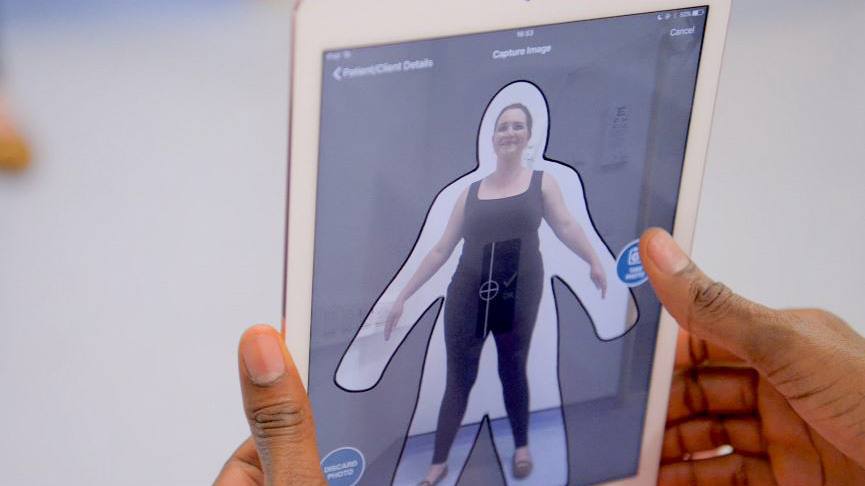Overview
Metabolic syndrome is a group of conditions that increase the risk of heart disease, stroke and type 2 diabetes. These conditions include high blood pressure, high blood sugar, too much fat around the waist, and high cholesterol or triglyceride levels.
Metabolic syndrome means having three or more of these conditions. But having even one of the conditions increases the risk of serious disease.
The number of people with metabolic syndrome is growing. Up to one-third of U.S. adults have it. Healthy lifestyle changes can slow or stop metabolic syndrome from causing serious health conditions.

Apple and pear body shapes
People who have metabolic syndrome typically have apple-shaped bodies, meaning they have larger waists and carry a lot of weight around their abdomens. It's thought that having a pear-shaped body that is, carrying more of your weight around your hips and having a narrower waist doesn't increase your risk of diabetes, heart disease and other complications of metabolic syndrome.
Symptoms
A large waist size can point to metabolic syndrome. Also, people with high blood sugar might notice symptoms of diabetes. These include being thirstier than usual, urinating more than usual, being tired and having blurred vision.
When to see a doctor
If you have at least one metabolic syndrome condition, such as high blood pressure, ask your healthcare professional about testing for other conditions that are part of the syndrome.
From Mayo Clinic to your inbox
Causes
Metabolic syndrome is closely linked to overweight or obesity and inactivity
It's also linked to a condition called insulin resistance. Usually, the digestive system breaks down foods into sugar. The pancreas makes the hormone insulin. And insulin helps sugar enter cells to be used as fuel.
In people with insulin resistance, cells don't respond as expected to insulin. So sugar, known as glucose, can't get into the cells as easily. As a result, blood sugar levels rise even though the body is making more insulin to try to lower the blood sugar.
Risk factors
The following can increase the chances of having metabolic syndrome:
- Age. Risk of metabolic syndrome goes up with age.
- Ethnicity. In the United States, people who are Hispanic appear to be at the greatest risk of developing metabolic syndrome.
- Obesity. Carrying too much weight, especially around the stomach, increases the risk of metabolic syndrome.
- Diabetes. People who had diabetes during pregnancy, also known as gestational diabetes, are at greater risk of metabolic syndrome. That's also true of people who have a family history of type 2 diabetes.
- Other diseases. Other conditions linked to metabolic syndrome include steatotic liver disease, polycystic ovary syndrome and sleep apnea.
- Diet and exercise. People who eat an unhealthy diet and don't get enough physical activity are at higher risk of metabolic syndrome.
Complications
Having metabolic syndrome can increase the risk of:
- Type 2 diabetes. Not staying at a healthy weight can lead to insulin resistance. Insulin resistance can cause blood sugar to rise. Over time, insulin resistance can lead to type 2 diabetes.
- Heart and blood vessel disease. High cholesterol and high blood pressure can lead to the buildup of plaque in the arteries. Plaque can narrow and harden the arteries. Narrowed arteries can cause a heart attack or stroke.
Prevention
Living a healthy lifestyle might prevent the conditions that cause metabolic syndrome. A healthy lifestyle includes:
- Getting at least 30 minutes of physical activity most days.
- Eating plenty of vegetables, fruits, lean protein and whole grains.
- Limiting saturated fat, sugar and salt in the diet.
- Being at a healthy weight.
- Not smoking.
